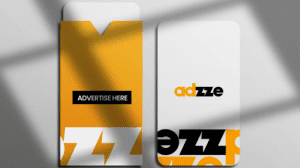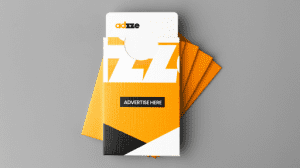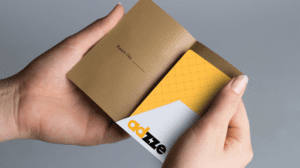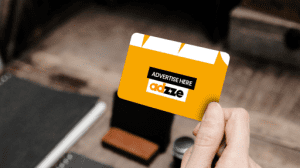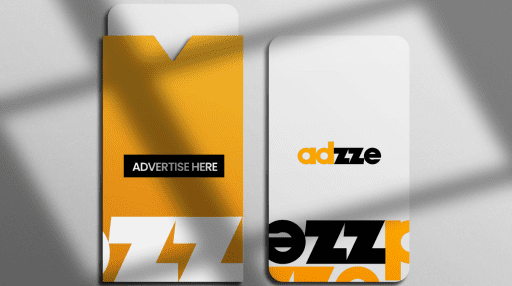Imagine turning every hotel key card interaction into a unique opportunity to connect with a high-value audience.
Welcome to Key Card Advertising—an underutilized yet powerful medium in the marketing world. This format places your brand directly into the hands of travelers, executives, and tourists, creating a seamless and personal channel to amplify brand awareness.
Curious how this can boost your marketing strategy? Request our Media Kit to learn more!
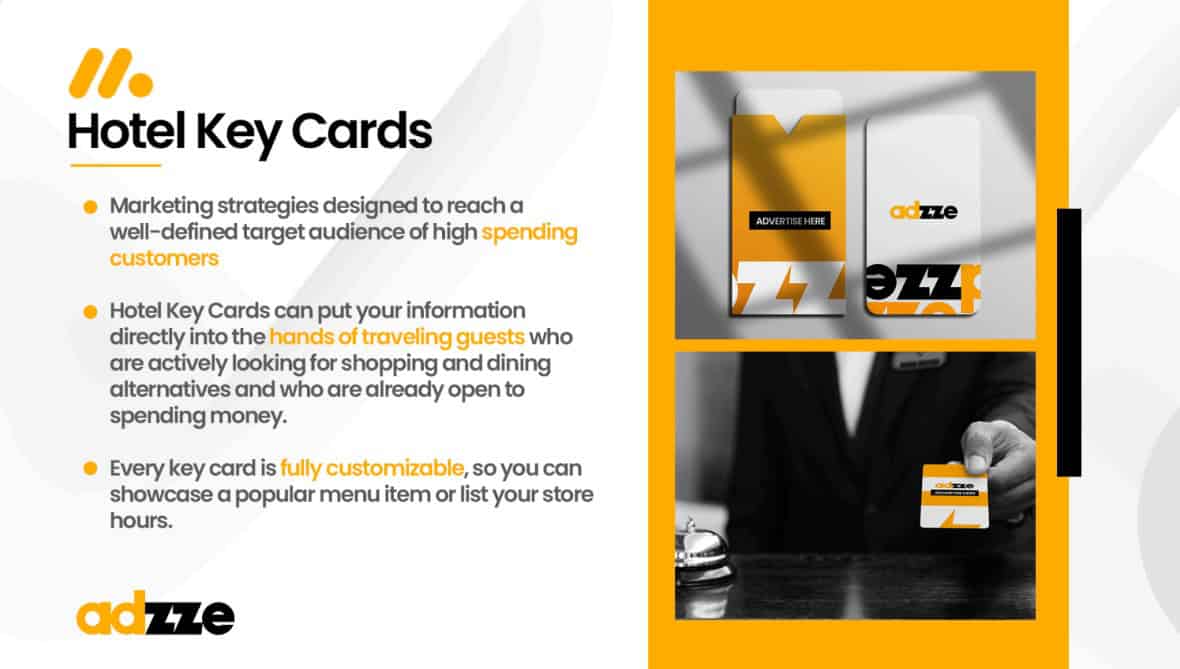
Concept: In-Hand Advertising on Hotel Key Cards
Key card advertising is a form of in-hand marketing where brands place their messages on the hotel key cards guests use throughout their stay. This format allows advertisers to deliver their message multiple times a day, reinforcing brand awareness and engagement with minimal intrusion.
Targeting hotel key cards offers significant advantages:
Premium Audience Reach: Target business travelers, affluent tourists, and leisure guests who are ideal for luxury brands.
Extended Exposure: With repeated usage throughout the day, key cards ensure consistent engagement and high recall.
Exclusive Partnerships: Collaborations with renowned hotel chains like Hilton, Marriott, and Hyatt elevate your brand’s perceived value.
Comparison to Traditional OOH: Why Key Card Advertising Stands Out
When comparing key card advertising to traditional out-of-home (OOH) formats like billboards, there are several advantages that make this approach superior for certain brand goals:
Higher Interaction Rates: Unlike a billboard glimpsed in passing, a key card is held and actively used multiple times daily, driving deeper engagement.
Targeted Reach: While traditional OOH (Out-Of-Home) advertising casts a wide net, key cards offer precision targeting based on hotel location and guest demographics.
Cost-Effectiveness: With a CPM (Cost Per Thousand Impressions) ranging from $2 to $10, key cards provide affordable access to premium audiences.
Measurable ROI: Track performance with QR codes, promo codes, or URLs, enabling real-time analysis of campaign success.
Traditional OOH advertising as billboards demonstrates a lack of targeting and tracking, low engagement , high costs, low ROI. Many commuters are subjected to dozens of billboards each day with limited attention span generating a low brand recall. Many cities in the world also prohibited the use of billboards due to its visual pollution. The targeting issues are very often addressed with alternative approaches as mobile billboards, digital OOH, ads on trucks and ads in places people don’t expect as flags, backpacks, inflatable objects, gas pump and balloons.
Some out-of-home advertising firms have withdrawn their earnings projections for the year as a result of market uncertainties. Many businesses that will survive the pandemic will most likely have to struggle to find their footing again.
